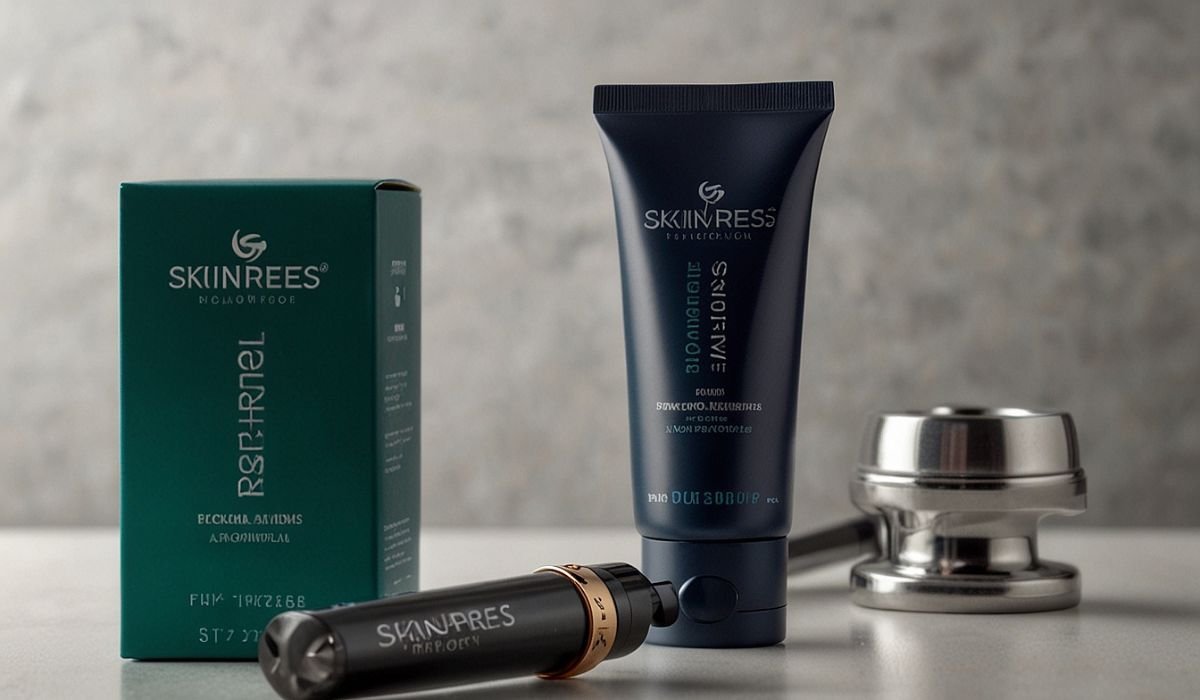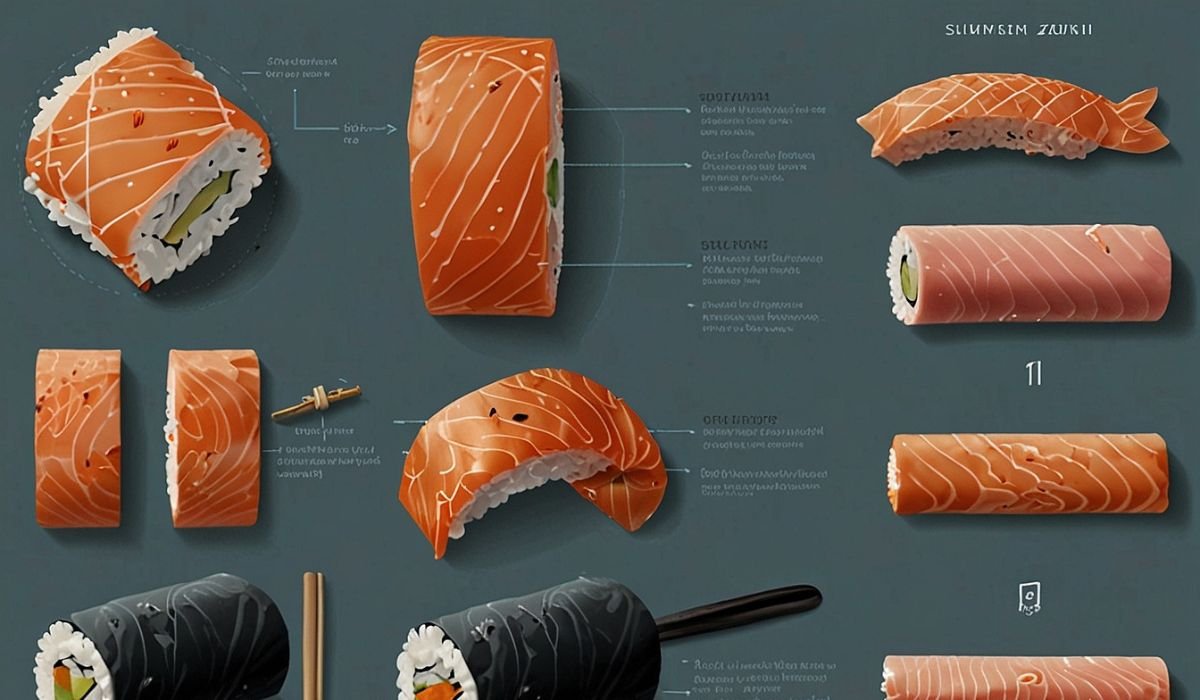Imagine waking up each day with a heavy fog in your mind. You reach for a drink or pill to chase it away, but the relief fades fast. Soon, the sadness or worry creeps back stronger. Many folks face this loop, where mental struggles and substance habits feed off each other like vines twisting around a tree.
Awareness of dual diagnosis has grown in recent years. It means having both a mental health issue and a substance use problem at the same time. These conditions often link up, making life tougher.
This article guides you through spotting if dual diagnosis treatment fits your needs. You’ll learn about signs, perks, and steps to take. Take a moment to think about your own experiences as we go. It could spark the change you seek.
Understanding Dual Diagnosis
What Is Dual Diagnosis?
Dual diagnosis happens when a mental health disorder teams up with a substance use disorder. The National Institute on Drug Abuse notes that about half of those with severe mental illness also battle addiction. These issues boost each other—stress from anxiety might lead to more drinking, which worsens the anxiety.
Common pairs include depression with alcohol use. Or PTSD linked to opioid reliance. They create a tough cycle.
Try journaling your symptoms for a week. Note moods and substance use. Look for patterns. This simple step can reveal if your habits connect to emotional lows.
Why Dual Diagnosis Requires Specialized Care
Standard treatments often miss the mark for dual diagnosis. Treating just the addiction ignores the mental side, and vice versa. An integrated approach handles both together, as the American Psychological Association stresses.
This method uses one team for therapy, meds, and support. It cuts relapse risks and builds real skills. Without it, progress stalls.
Talk to your primary doctor soon. Ask for a quick screen. They can spot links early and point you to experts.
Common Myths About Dual Diagnosis
Some think dual diagnosis treatment cures the mental health part. That’s not true. Both need direct care, per groups like Mental Health America. One doesn’t vanish when the other improves.
Another myth: Dual diagnosis is rare. Stats show millions deal with it yearly. Access to care has improved, but gaps remain in rural spots.
Don’t buy into “just tough it out.” Seek facts from trusted sources. This clears the path to better help.
Recognizing Signs That Dual Diagnosis Treatment Might Be Needed
Symptoms of Co-Occurring Mental Health and Substance Use Disorders
Look for signs like wild mood shifts that swing from high to low. You might pull away from friends or skip work often. Anxiety hits hard, paired with a growing need for drugs or booze to calm it.
Depression can show as endless fatigue, even after rest. Substance tolerance builds fast—you need more to feel the same effect. These overlap in sneaky ways.
Track your daily habits for seven days. Jot down triggers like stress or boredom. This log helps you see if mental dips spark substance grabs.
When Standard Treatments Fall Short
If solo therapy for addiction leads to quick relapses, something’s off. Untreated anxiety might fuel those slips. The Substance Abuse and Mental Health Services Administration pushes integrated care for these cases.
Mental health sessions alone won’t stop substance pulls if they’re tied. You end up in a loop of partial fixes.
In talks with your therapist, ask: “Do my symptoms link up?” Or “How can we tackle both?” These questions uncover hidden ties.
Impact on Daily Life and Relationships
Dual issues drain your energy for jobs or chores. You might snap at family over small things. Self-medication turns into a habit that isolates you more.
Work suffers from focus loss or missed days. Loved ones feel the strain, leading to fights or distance. It’s like a storm cloud over every bond.
Chat with a close friend or family member. Ask how they’ve seen changes in you. Then, make a checklist of your support circle. Note who helps and who adds stress—this spots weak links.
Benefits of Dual Diagnosis Treatment
Holistic Healing for Mind and Body
Integrated programs treat the whole you, not just pieces. They blend mental therapy with addiction tools for deeper healing. The National Alliance on Mental Illness reports recovery rates up to 70% higher with this method.
You learn to manage emotions without substances. Physical health improves too, as stress eases. It’s a full reset.
Search for local options using SAMHSA’s free tool. Enter your zip code to find spots that handle dual diagnosis right.
Personalized Treatment Plans
Plans fit your story—like mixing talk therapy with med checks. Support groups add community. Inpatient stays offer structure; outpatient lets you keep daily routines.
Doctors tweak based on your history and goals. This makes success more likely. Flexibility helps if life pulls you in many directions.
Write a short health summary. List past issues, triggers, and wins. Share it with your team for sharper plans.
Long-Term Recovery and Relapse Prevention
Programs teach coping tricks, like breathing exercises for panic. Ongoing check-ins spot trouble early. Aftercare keeps momentum going.
Relapse drops with these tools. You build a life beyond the struggles. Studies show sustained care doubles stay-clean chances.
Set tiny goals after starting, say a weekly counselor chat. Track progress in a notebook. Small wins stack up.
Assessing If Dual Diagnosis Treatment Fits Your Situation
Self-Assessment Tools and Questions
Ask yourself: Do substance binges follow bad mood days? Or does worry spike your intake? These point to co-occurring disorders.
Try free quizzes from Mental Health America. They score your risks quick. No judgment—just clear info.
Rate your answers from 1 to 5. High scores mean talk to a pro soon. Low ones? Still worth watching patterns.
Factors to Consider Before Starting Treatment
Think about your drive to change. A solid support crew helps a ton. Money matters too—check if insurance covers dual programs via healthcare.gov.
Time commitment varies by type. Family input can sway your choice. Weigh if you’re ready for the work.
List pros and cons on paper. Note costs, time, and gains. This sharpens your decision.
Consulting Professionals for Confirmation
Find psychiatrists or counselors skilled in dual diagnosis. Start with your doc’s referral. An initial chat confirms needs.
They’ll run evals for a clear picture. Ask about program length and success rates. This builds trust.
Prep questions ahead: “What therapies fit me?” Book that first visit. It’s your key step forward.
Next Steps: Getting Started with Dual Diagnosis Treatment
Finding the Right Program
Ask your doctor for leads. Use online directories from SAMHSA or NAMI. Look for accredited spots with dual focus.
Check inpatient for intense support or outpatient for balance. Quality signs: trained staff and good reviews. Types range from short detox to long rehab.
Tour places if you can. See the vibe. Virtual options work too. Pick what feels safe.
Preparing for Treatment and What to Expect
Intake starts with talks and assessments. Expect therapies like CBT to shift thoughts or DBT for emotion control. Days include groups, meals, and rest.
Fears of judgment are common, but teams create safe spaces. Structure brings calm. You’ll gain tools fast.
Pack clothes, ID, and comfort items. Build a routine now—like early walks. It smooths the shift.
Building a Support System During and After Treatment
Involve family in sessions if you want. Join AA or NA groups with mental health twists. Follow-up visits keep you on track.
Peers share stories that click. Online spots connect you easy. This net catches slips.
Start with forums like Reddit’s dual diagnosis threads. Post or read. Links form before day one.
Conclusion
Dual diagnosis treatment shines when mental health and substance woes tangle your life. Key signs include mood swings tied to use, failed solo fixes, and strained ties. Benefits like holistic care and custom plans lead to lasting wins.
Spot patterns early with journaling or quizzes. Seek integrated help over patches. Pros confirm your path.
If this rings true, call SAMHSA at 1-800-662-HELP today. Your recovery starts with one step. You’ve got this—reach out now.
You May Also Read: Stay Informed: Your Guide to wheon.com Health News










